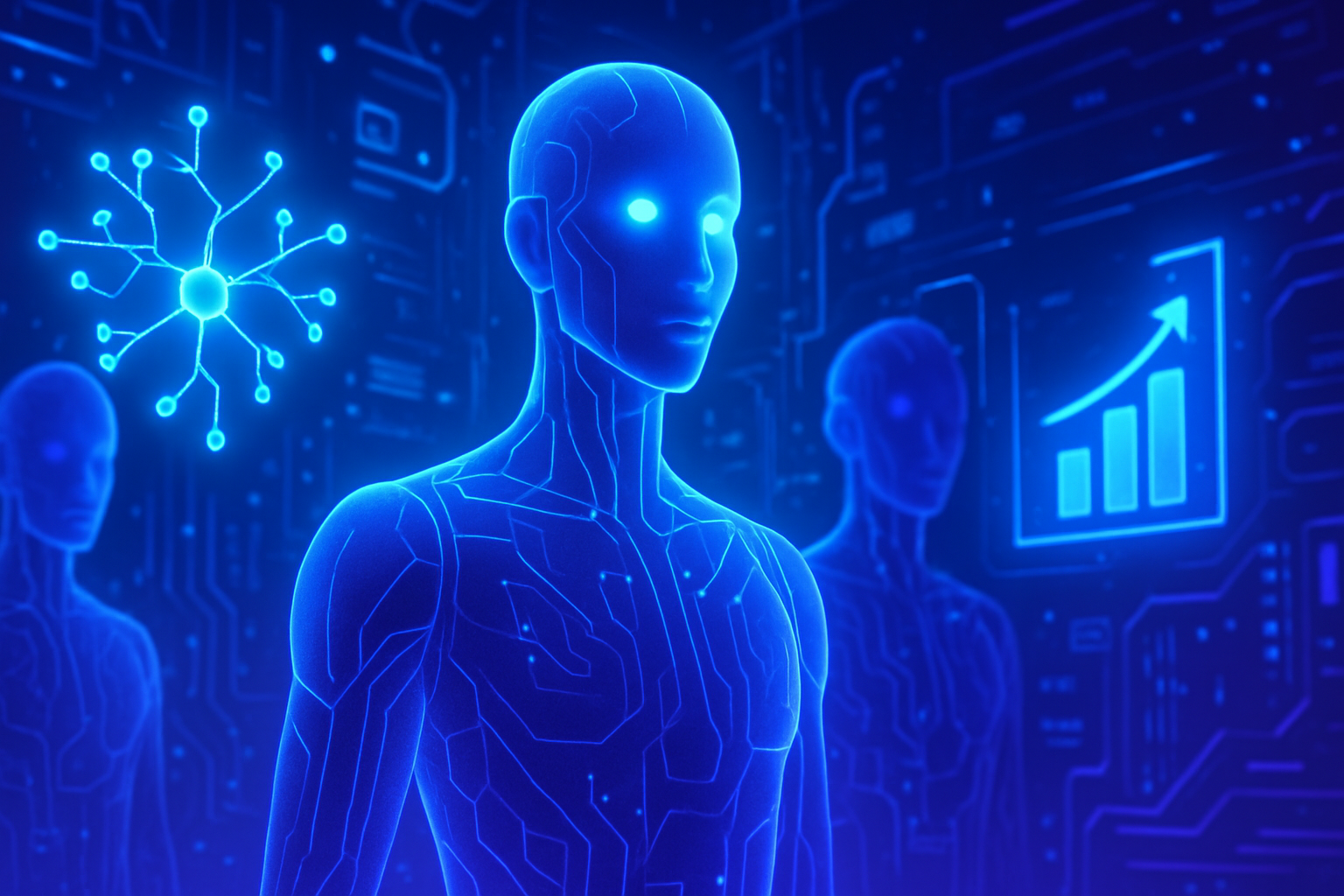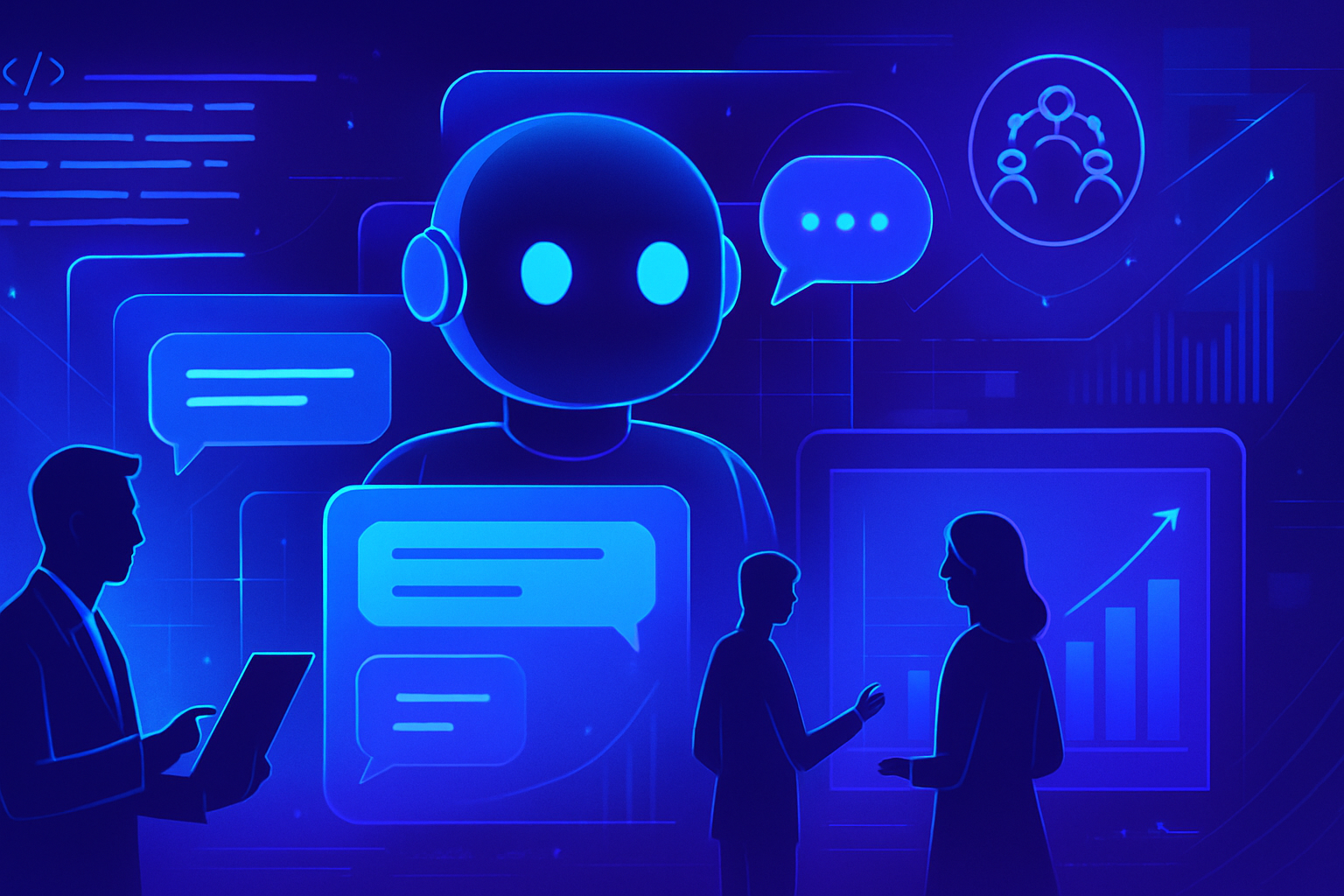The technological news is buzzing around an unprecedented revelation concerning Jony Ive’s ambitious project for OpenAI. *Leaks of information* hint at an innovative device, promising a *revolution* in our daily interactions with technology. The stakes of this initiative far exceed mere innovation, shaking the established norms of a market dominated by giants. Attentive to details, experts are questioning the potential impact of this device, both on the public and the industry. The combination of Jony Ive’s and Sam Altman’s visions opens a new paradigm, aiming to create an *augmented reality* of the user experience.
Jony Ive and OpenAI’s Ambitions
The tech sector recently buzzed with the announcement of OpenAI’s acquisition of the startup “io,” created by renowned designer Jony Ive and Sam Altman, head of OpenAI. This colossal investment of $6.5 billion aims to develop an artificial intelligence device that promises to redefine our relationship with technology.
Production Goals and Strategies
The ambitions expressed by Sam Altman go far beyond a simple partnership. An internal exchange between Altman and his team highlighted the ambitious goal of producing 100 million “AI companions.” This project, deemed by Altman as a major turning point in the company’s history, could radically transform user engagement with artificial intelligence.
Altman clarified that the ambition was not to distribute 100 million devices in record time, but rather to reach this threshold faster than anyone has done before. This statement underscores OpenAI’s desire to exceed previous records in the realm of consumer technology.
Device Description
This new device, the specifics of which remain mysterious, has been described as being fully aware of the environments and lives of its users. Rather than an isolated product, hints suggest it may be a true *family of devices*, further reinforcing the idea of an integrated AI ecosystem.
A Broader Vision for the Future
Initially, the collaboration between Ive and OpenAI aimed to combine their expertise in design and artificial intelligence, with the idea that the startup would create the hardware while OpenAI would provide the software. However, this vision has evolved into a broader ambition, transforming the product into a central element of interactions with OpenAI.
Altman suggested that a subscription to services like ChatGPT would encourage users to receive these devices as if they were a new type of hardware central to their experience. Critics of the current state of technology argue that traditional computers and smartphones are not sufficiently powerful to harness the potential of modern AI.
Prototyping and Timeline Perspectives
The prototype of the device is already in development. Altman has one that he uses daily. The launch is targeted for around late 2026, a timeline that seems reasonable to many, given the ambition and complexity of the project.
Design and Production Details
Rumors, partly fueled by analyst Ming-Chi Kuo, suggest an inspiring aesthetic design, slightly larger than the Humane AI Pin but with a sleek appearance reminiscent of the iPod Shuffle. The device is expected to do away with a screen, using microphones and cameras to interact with the environment and communicate with devices such as smartphones and computers.
Kuo indicates that the device, which will be attempted in the form of a necklace, could differ from more intrusive options, adopting a more discreet approach. The timeline for mass production is anticipated for 2027, although adjustments are to be expected throughout development.
Challenges Ahead and Market Uncertainties
The question remains: will this device be the catalyst for a technological revolution or an unfortunate trial that joins the pantheon of unrealized innovations, such as the infamous AI Pin? Altman, confident after living with the prototype, speaks of a technology that would be the most amazing ever seen.
Industry players, intrigued by this project, are closely watching OpenAI’s advancements as these are now crucial stakes for the technological future. Developments in areas like cybersecurity and data protection will also play a role in user adoption of this type of technology.
Frequently Asked Questions
What are the main information leaks regarding the OpenAI and Jony Ive device?
The information leaks primarily refer to the development of an innovative AI device designed by Jony Ive and Sam Altman, aiming to create virtual “companions” for users, with an ambitious target of 100 million units.
What could be Jony Ive’s exact role in the creation of this device?
Jony Ive is responsible for the design of the device, which he describes as part of a “new design movement,” suggesting a minimalist and futuristic approach.
What features might be integrated into this new AI device?
The device would be capable of perceiving its environment and interacting with the user, serving as a support in daily life. It could also be a “family of devices” rather than just a single standalone device.
When is the official release of this AI device expected?
The release is expected at the end of 2026, according to Sam Altman’s statements about the development timeline.
Is there any information about the physical design of the device?
According to analyst Ming-Chi Kuo, the design would be slightly larger than other AI devices on the market and would have a compact and sleek appearance, similar to an iPod Shuffle, without a screen.
How might the device interact with other technologies?
The device would interact with smartphones and computers via microphones and cameras, allowing for seamless communication between devices.
What impact could the acquisition of “io” by OpenAI have on the project?
The acquisition allows OpenAI to take full control over the development of the device, broadening their ambitions beyond a simple partnership, which could lead to significant innovations.
Will the device be purely digital or will it have a tangible physical aspect?
The device will be a physical product designed for everyday use, rather than a purely digital accessory like applications or software.
What feedback has Sam Altman given regarding the current prototype of the device?
Sam Altman has expressed great enthusiasm for the prototype, claiming it could potentially become “the coolest piece of technology the world has ever seen.”






